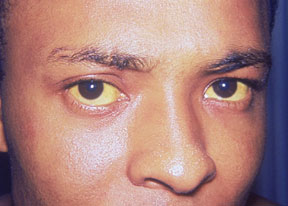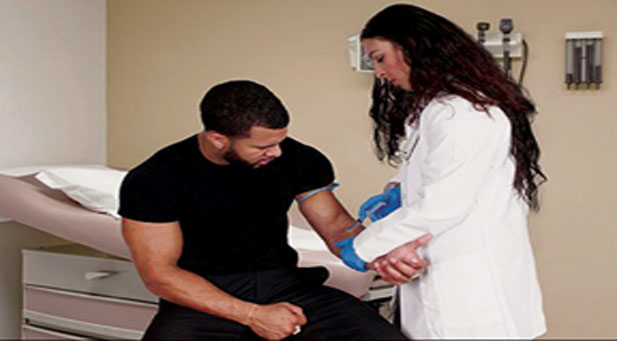

By Tamara E. Holmes
While much progress has been made in increasing awareness about the realities of HIV, Hepatitis C is a silent epidemic that is wreaking havoc on the Black community.
Hepatitis is a family of viral infections that affect the liver. One of those infections, Hepatitis C, is caused by the hepatitis C virus (HCV).
“African Americans have a higher rate of chronic HCV infection than other racial and ethnic groups, and the African American mortality rate related to the hepatitis C virus is almost double the rate for non-Hispanic white people,” says C. Virginia Fields, president and CEO of the National Black Leadership Commission on AIDS (NBLCA). “We must do all we can to promote education and awareness and provide access to testing and lifesaving treatment.”
In addition, hepatitis C, also called hep C, is more prevalent among people born between the years 1945 and 1965. Within the Black community, men in their 50s bear the brunt of the disease, with one in seven living with chronic HCV.
Understanding the Disease
Hepatitis C is transmitted when blood from an infected person enters the body of an uninfected person. The most common way for it to be transmitted is through the sharing of needles or syringes during injection drug use. Less-common ways of getting HCV include accidental needle pricks in health-care settings, sexual contact and mother-to-child transmission during childbirth.
For some people, hepatitis C is an acute infection that can clear up on its own. However, for between 75 and 85 percent of people who become infected with hep C, it becomes a chronic condition that can last a lifetime, causing such problems as cirrhosis of the liver and liver cancer. In fact, “Black people ages 50 to 64 have the highest mortality rate—18.6 percent—related to liver cancer,” Fields points out.
To determine whether you have HCV, testing is paramount. A blood test determines whether there are HCV anti-bodies in the bloodstream. If there are, a follow-up test confirms the diagnosis and deter-mines how much HCV is in the body.
The Centers for Disease Control and Prevention (CDC) re-commends that baby boomers—anyone born between 1945 and 1965—get tested. Others at high risk for HCV include current and former injection drug users, recipients of a blood transfusion or an organ transplant before July 1992, anyone with abnormal liver tests and people infected with HIV.
Hepatitis C and HIV
About 25 percent of people who have HIV are also infected with hepatitis C.
Coinfection is particularly common among injection drug users who have HIV. Unfortunately, HCV infection is more likely to progress into liver damage faster among PLWHA. In fact, liver disease is the leading cause of non-AIDS-related death among PLWHA.
Although there is no vaccine to prevent hepatitis C, it can be treated and, in some cases, cured through the use of ARV medications.
In the U.S. an estimated 3.2 million people have chronic hep C infection; however, most do not know that they are infected. One reason people don’t realize they have hepatitis C is that 70 to 80 percent of people with acute hepatitis C have no symptoms. Not only that, but hepatitis C has not received as much media attention as other illnesses, such as AIDS and cancer.
Taking Action
But some are working to change that. The NBLCA, in partnership with the Coalition on Positive Health Empowerment and the Harm Reduction Coalition, created the National African American Hepatitis C Action Day, which takes place July 25. Their goal is “to heighten public awareness and encourage the community to take action against the devastating impact of the hepatitis C epidemic on the communities of African descent,” Fields says.
Throughout the day, there will be workshops and trainings across the country designed to educate the public about the impact of hepatitis C, as well as outreach and testing events to bring information and offer free testing. The day will also include educational summits targeted to health-care professionals that cover topics such as racial disparities in HCV epidemiology, clinical course and treatment outcomes, and barriers to care and treatment.According to John Ward, M.D., director of the CDC’s Division of Viral Hepatitis, the number of people dying each year from hepatitis C-related deaths has surpassed the number who are dying as a result of HIV/AIDS. Dr. Ward goes on to say that the successes that have been made in fighting the HIV/AIDS epidemic must be applied to tackling the very real problem of hepatitis C.
The power lies in the community.
“People can get involved by talking to their health-care practitioners about hepatitis C, getting tested and spreading the word about the importance of testing and treatment,” Fields says.
Tamara E. Holmes is a Washington, D.C.-based journalist who writes about health, wealth and personal growth.





Be the first to comment